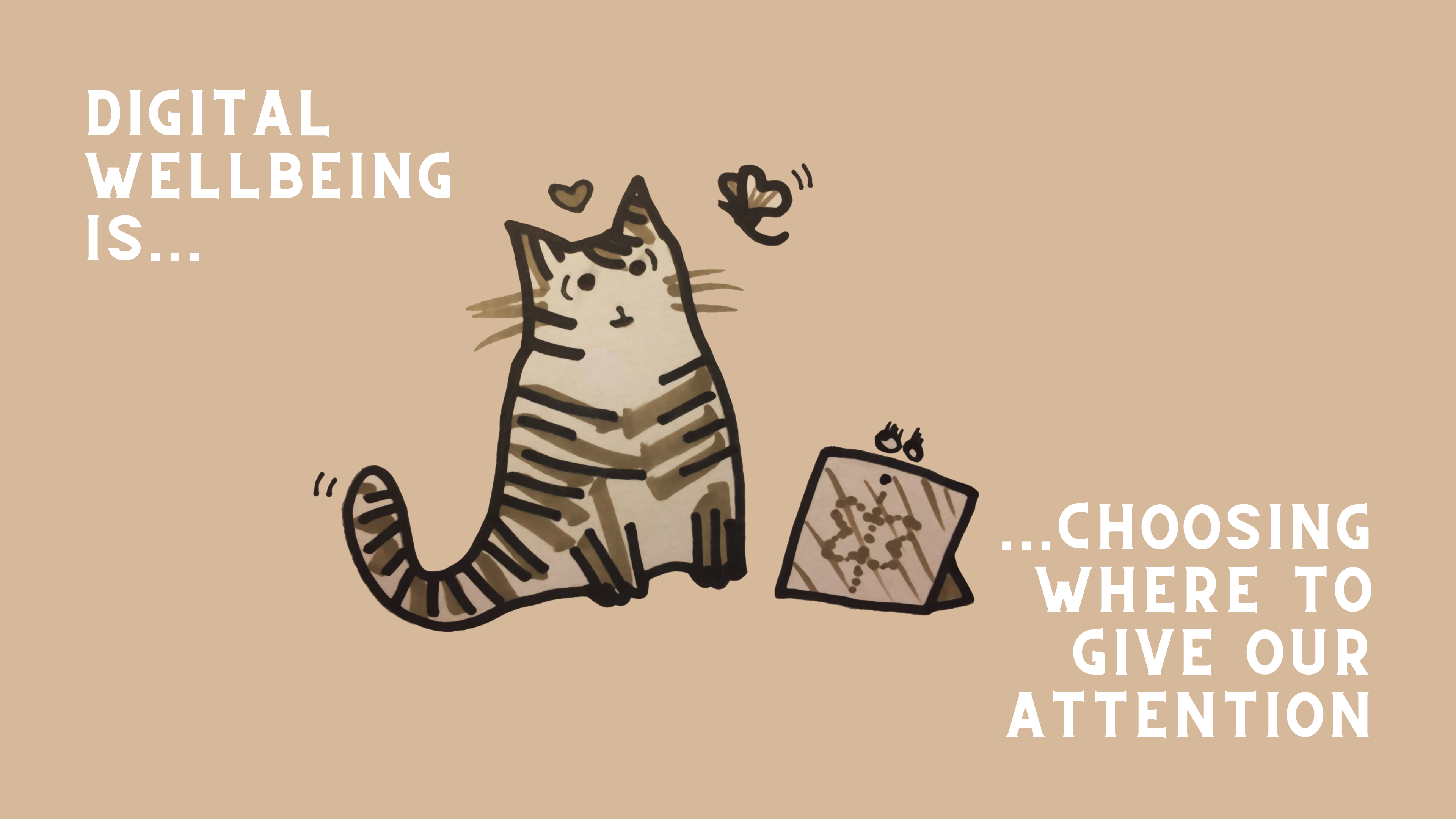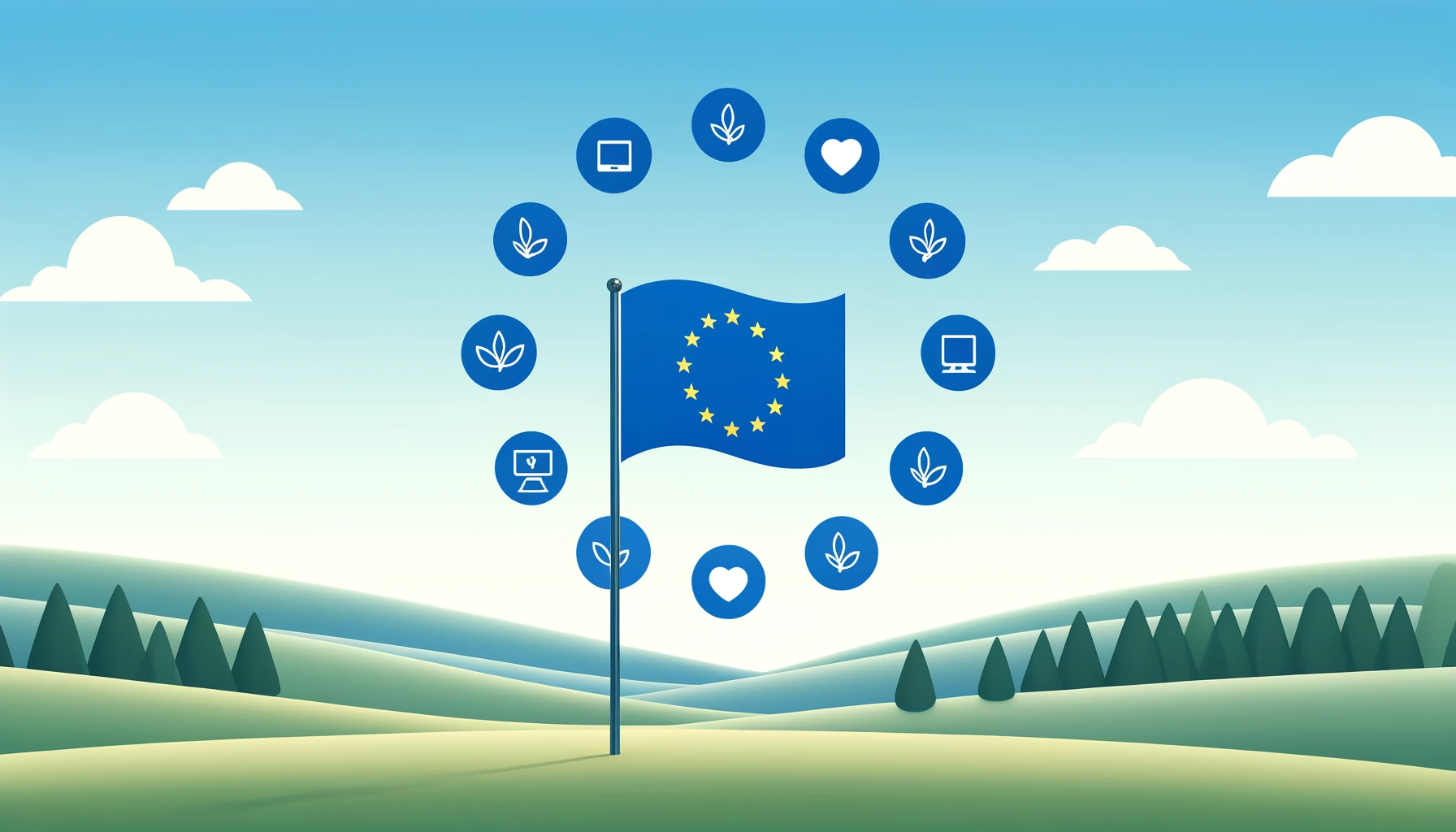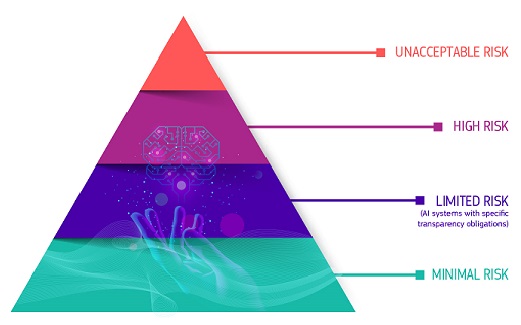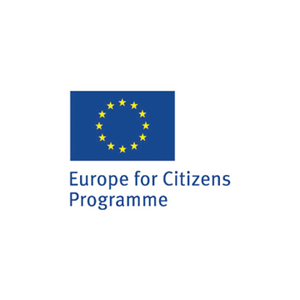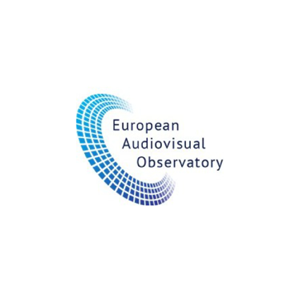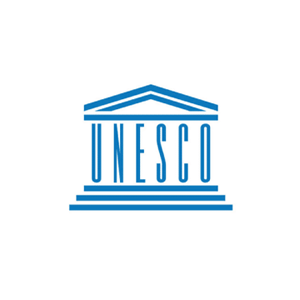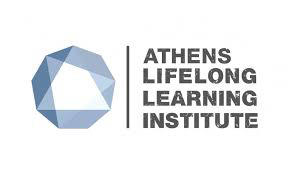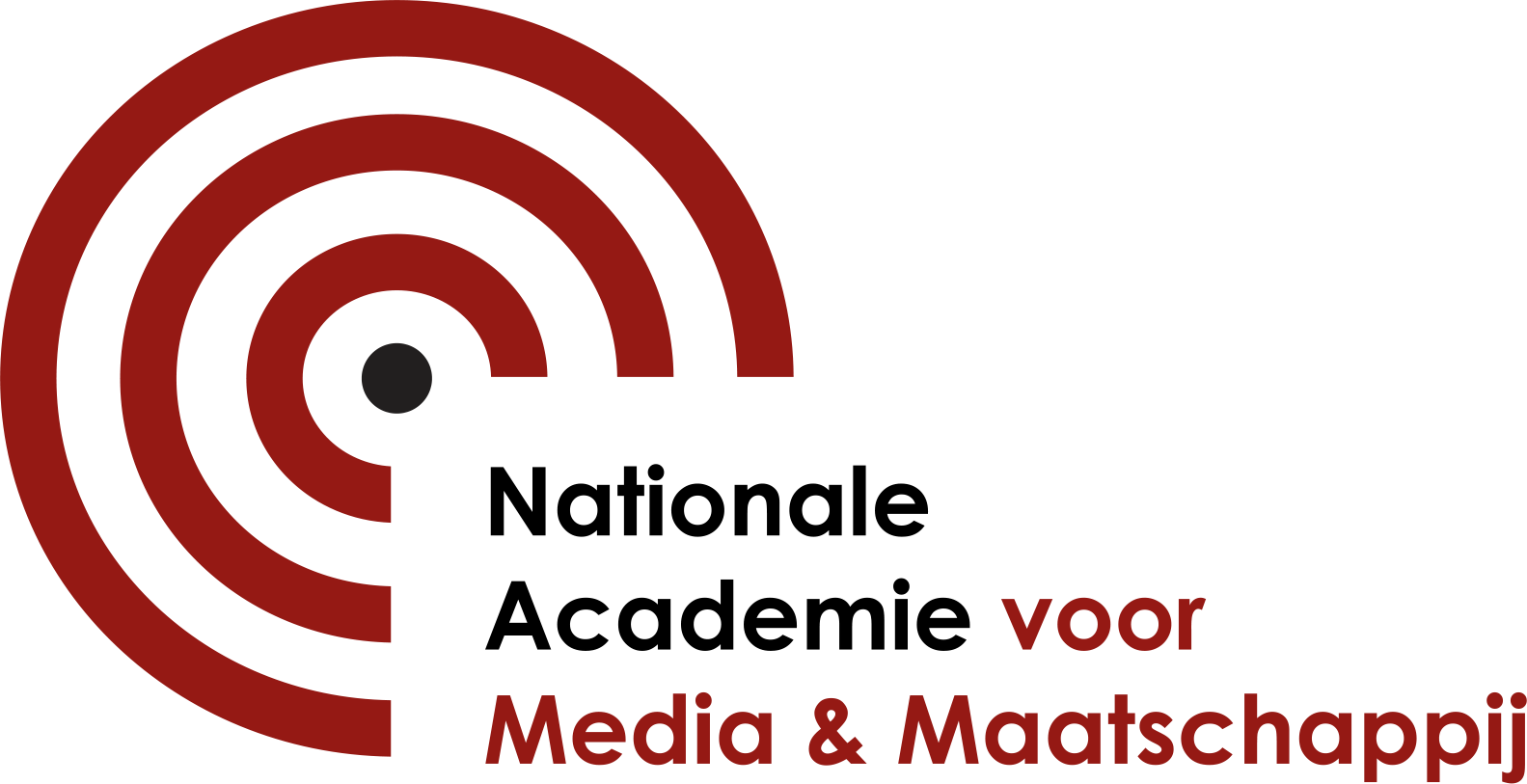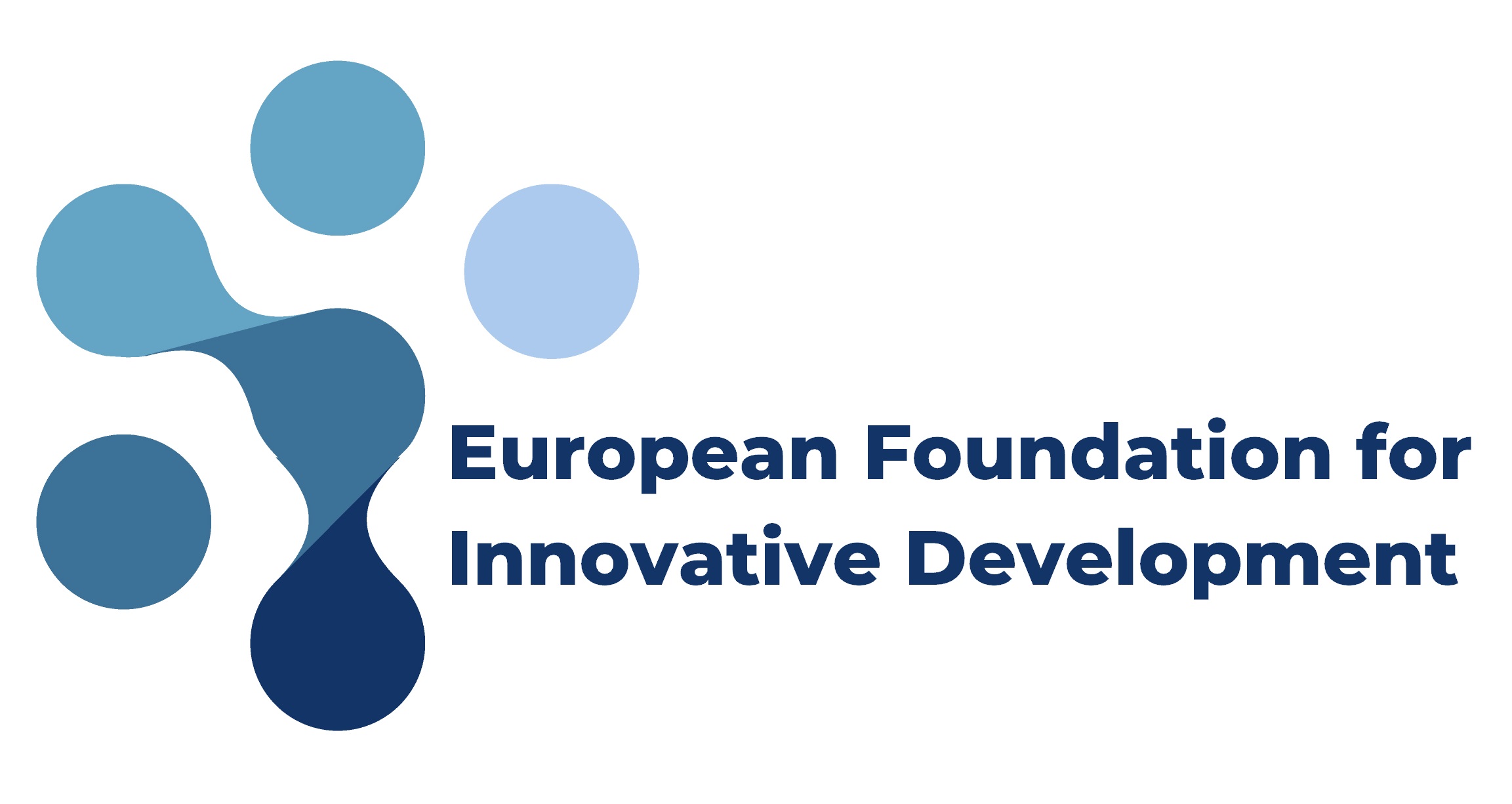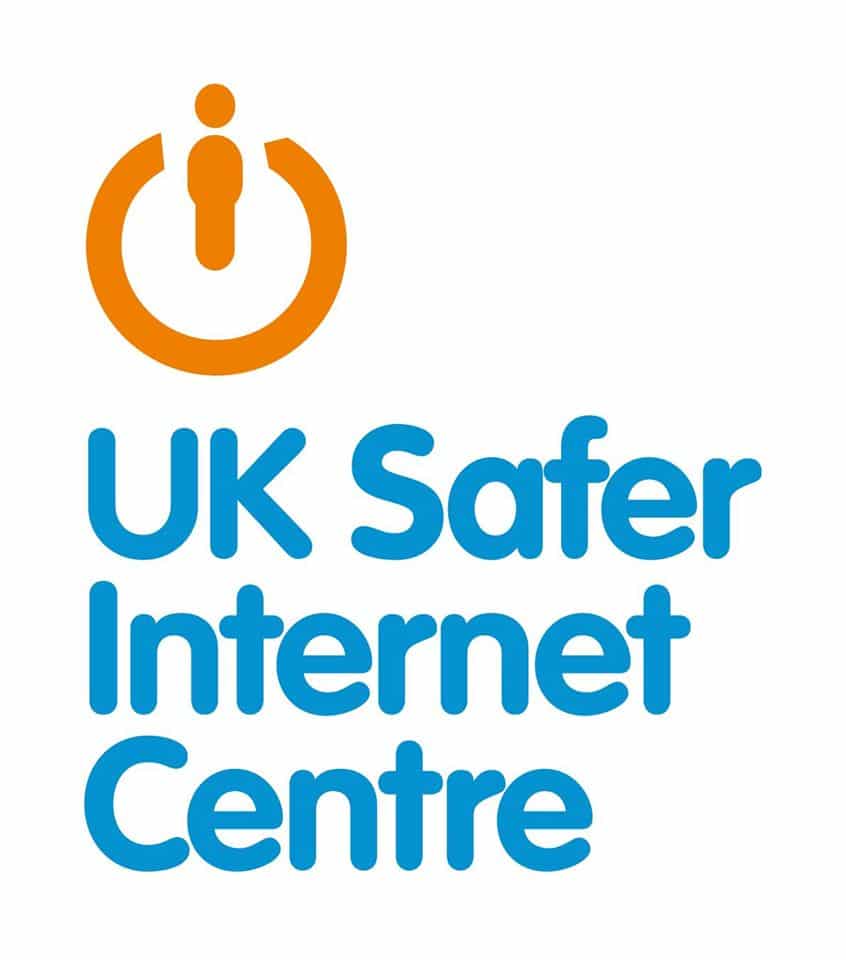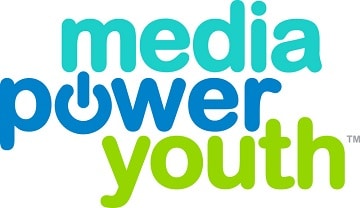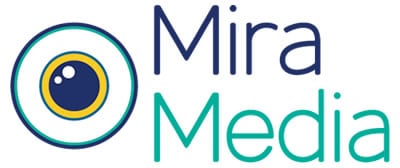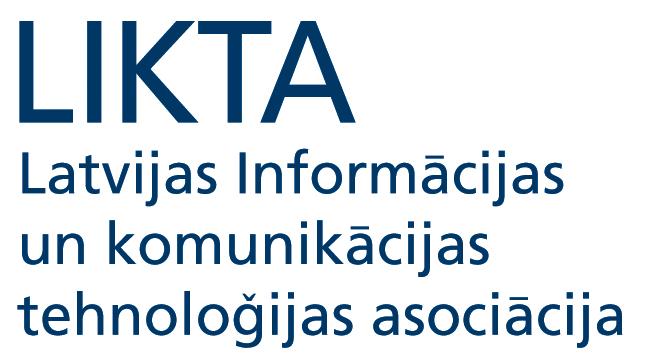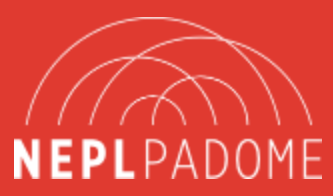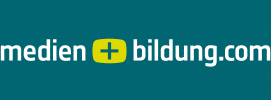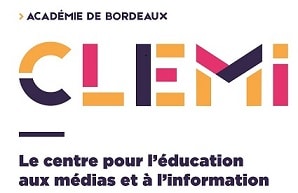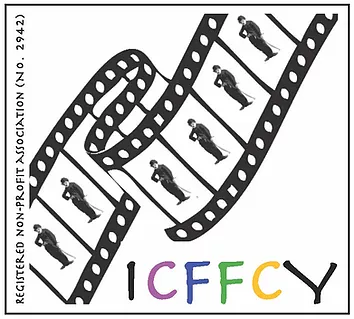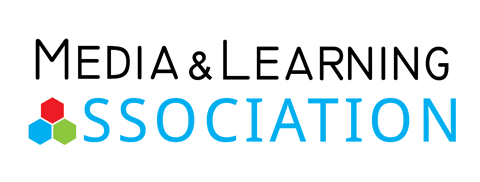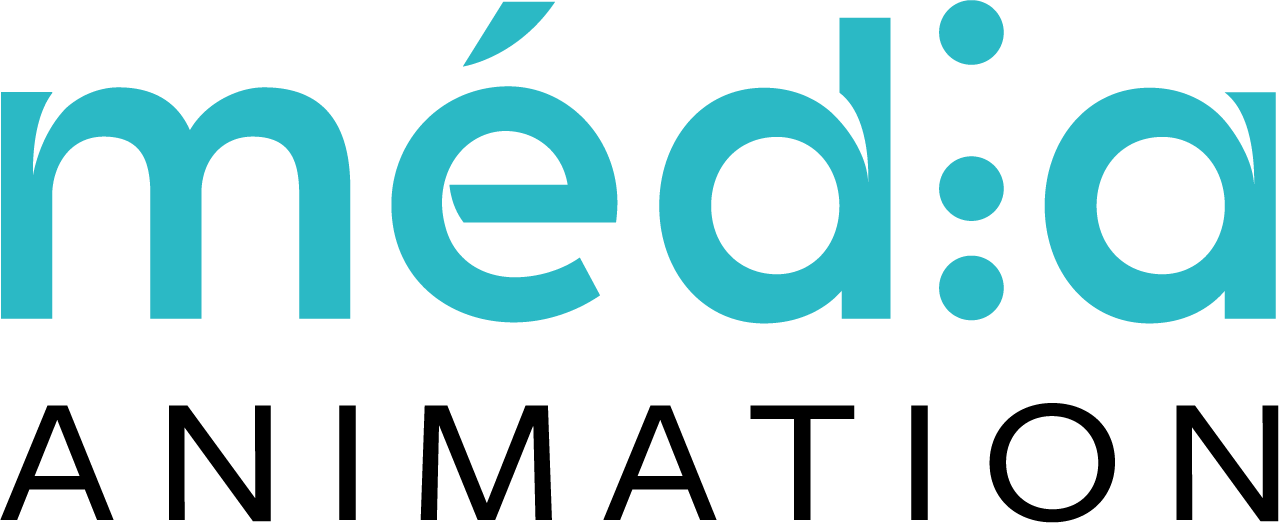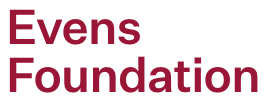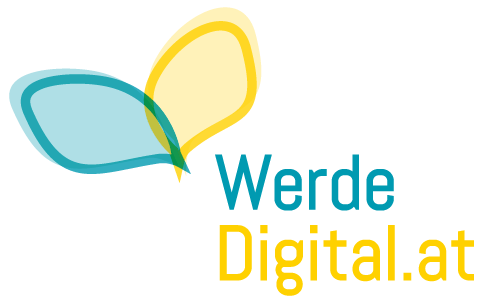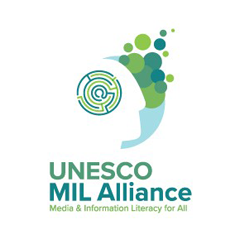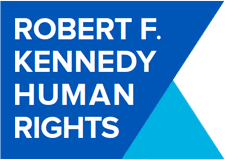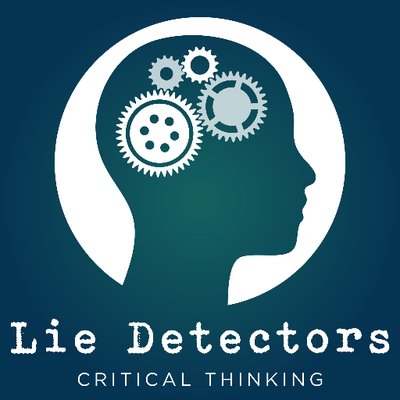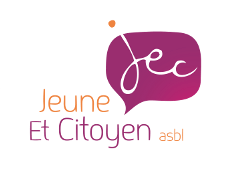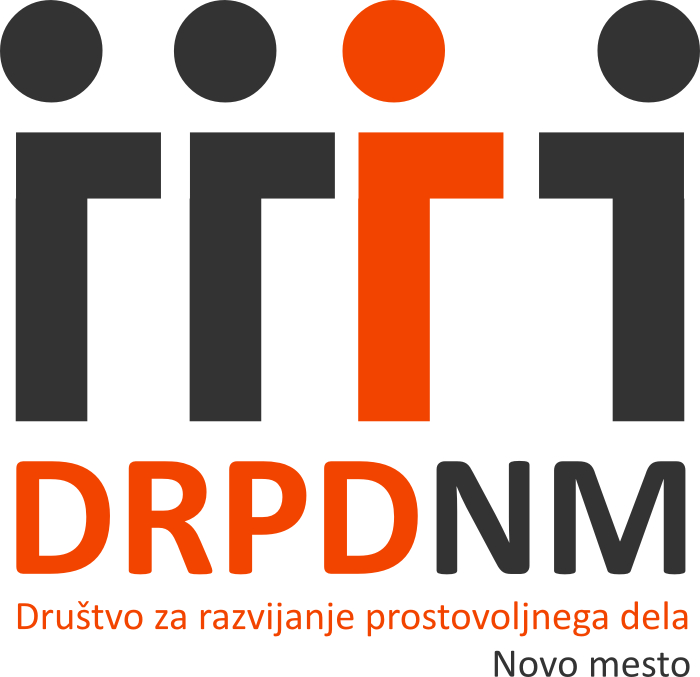I have a friend called Bill. Bill in his late 60s, slightly right of centre, widowed with adult children and young grandchildren, a big deal in the IT sector in the 80s and 90s, he’s now spending his retirement trolling on Facebook. Everyone needs a hobby. Bill has a mischievous sense of humour, and delights in winding up liberals like me. Since the early days of the Brexit referendum, he has delighted in winding up remainers by disseminating disinformation.
The morning after the referendum, I rang him up to shout at him. I shouted at a lot of people that day. But I shouted at Bill. It was the first time I’d heard him rattled. He wasn’t rattled because I was shouting at him, he was rattled because the referendum had been lost. He told me he voted remain. He assured me that we weren’t really going to leave the EU, it was all going to be fine, his trolling had all been a bit of fun, and it hadn’t had any impact on anyone who had read the things he’d disseminated.
I took a deep breath. Two deep breaths, still not enough to calm my murderous rage. Three deep breaths. Four deep breaths and a sigh, and I explained how disinformation worked.
The likes and shares matter. Goebels said that if you repeat a lie often enough, it becomes the truth. A modern iteration of that law of propaganda is that if a lie is liked and shared enough, it becomes the truth. It is given credibility. So when he shared those absurd memes, he loaned them credibility. But he knew they were untrue, he said, so it didn’t count.
Facebook was counting.
And the people who didn’t know better looked at that tally, and said to themselves, “22,354 people have shared this, it must be true”. So they believed it, and shared it, and the next person looked at it, and said to themselves, “22,355 people have shared this, it must be true” and on and on ad nauseum.
Facebook has got its act together a bit since 2016. It dabbled in alerting its users to fake news, but that didn’t work. See this blog to find out more about why that is. In the run up to the recent European Parliamentary elections, it tagged a piece of disinformation in the news with more reliable news on the same topic, which has a bit of an impact. It also forces political parties who sponsor ads to identify who has paid for the ad. It’s a start, but only addresses disinformation in the news and not in memes or regular Facebook posts, which it can’t appropriately address before it curtails freedom of speech.
US Supreme Court Justice Oliver Wendell Holmes famously said that freedom of speech does not mean someone can shout “fire” in a crowded theatre.
Bill knows there is no fire. But he’s been shouting about it in a crowded theatre for a few years now. Because he can’t admit that he was wrong to have disseminated so much disinformation in 2016, he has upped his output of nonsense memes and rantings. Which brings me to a new and unsettling realisation.
Sure, some people genuinely believe disinformation. They don’t have the education, resources or time to factcheck every single piece of disinformation they see. But some don’t. Some know it’s not true when they like and share it.
Bill has shared plenty of pieces of disinformation so ludicrous that few could possibly believe it, my favourite was something about an EU Regulation requiring cars to put airbags on their bonnets to protect cyclists. I wondered at the other 20,000 people who had shared it. Some would believe it, okay, but for others, many others, it was simply a lie to be repeated to justify their hatred for the EU. And that has niggled with me ever since – a concept a little out of my grasp for how to define it.
Then today, in passing, someone used the phrase “the figleaf of fake news”. A lie that covers the truth we all know lies behind it. I had a lightbulb moment, and an idea for a new blog post.
What if (bear with me here), but what if fake news is not the problem? It has been said that in order to lie to someone else, you have to lie to yourself first. Just as Bill lies to himself that he’s just having harmless fun.
How many of the people who like and share disinformation know it’s untrue, and share it anyway? Whether it’s that the EU is undemocratic, or an EU Army is set to curfew us all into our gulags at night, or that Trump is neither racist or a misogynist, or that the EU will require you to put an airbag on your car bonnet? How many people truly believe those lies, and how many simply repeat them in order to rationalise their own xenophobia, their own racism and misogyny?
Let’s face it, the Venn diagram of people who are xenophobic and people who believe that the EU is undemocratic have quite a bit of overlap. Which causes which? Is it that they believe the disinformation and that makes them xenophobic, or that they are xenophobic and that makes them believe the disinformation? Which came first – the hate or the lie?
We all lie to ourselves all the time. We have to rewrite our story because if we faced up to the reality of ourselves, the reality of the human condition – tawdry, petty, reactive and ignorant – we would all be swinging from light fittings. We rewrite ourselves as the heroes of our stories, we are good, we are right, and even the things we do are neither right nor good, are done for right and good reasons.
Which goes deeper than simply confirmation bias. We all see the thing we’re looking for, we believe the things we want to believe, to support our view of the world and our view of ourselves. But how convinced are we of the lie we tell ourselves, even before we consider the lie we tell the world?
Because the thing is, fake news might not be the problem. It is simply the figleaf over a darker truth than any of us are prepared to acknowledge, that it excuses the monstrosity that is human nature. It is the reason after the emotion, the excuse after the action. We may blame disinformation for our current turmoil, but that, itself, might be the figleaf of fake news.
I have a friend called Bill. Bill in his late 60s, slightly right of centre, widowed with adult children and young grandchildren, a big deal in the IT sector in the 80s and 90s, he’s now spending his retirement trolling on Facebook. Everyone needs a hobby. Bill has a mischievous sense of humour, and delights in winding up liberals like me. Since the early days of the Brexit referendum, he has delighted in winding up remainers by disseminating disinformation.
The morning after the referendum, I rang him up to shout at him. I shouted at a lot of people that day. But I shouted at Bill. It was the first time I’d heard him rattled. He wasn’t rattled because I was shouting at him, he was rattled because the referendum had been lost. He told me he voted remain. He assured me that we weren’t really going to leave the EU, it was all going to be fine, his trolling had all been a bit of fun, and it hadn’t had any impact on anyone who had read the things he’d disseminated.
I took a deep breath. Two deep breaths, still not enough to calm my murderous rage. Three deep breaths. Four deep breaths and a sigh, and I explained how disinformation worked.
The likes and shares matter. Goebels said that if you repeat a lie often enough, it becomes the truth. A modern iteration of that law of propaganda is that if a lie is liked and shared enough, it becomes the truth. It is given credibility. So when he shared those absurd memes, he loaned them credibility. But he knew they were untrue, he said, so it didn’t count.
Facebook was counting.
And the people who didn’t know better looked at that tally, and said to themselves, “22,354 people have shared this, it must be true”. So they believed it, and shared it, and the next person looked at it, and said to themselves, “22,355 people have shared this, it must be true” and on and on ad nauseum.
Facebook has got its act together a bit since 2016. It dabbled in alerting its users to fake news, but that didn’t work. See this blog to find out more about why that is. In the run up to the recent European Parliamentary elections, it tagged a piece of disinformation in the news with more reliable news on the same topic, which has a bit of an impact. It also forces political parties who sponsor ads to identify who has paid for the ad. It’s a start, but only addresses disinformation in the news and not in memes or regular Facebook posts, which it can’t appropriately address before it curtails freedom of speech.
US Supreme Court Justice Oliver Wendell Holmes famously said that freedom of speech does not mean someone can shout “fire” in a crowded theatre.
Bill knows there is no fire. But he’s been shouting about it in a crowded theatre for a few years now. Because he can’t admit that he was wrong to have disseminated so much disinformation in 2016, he has upped his output of nonsense memes and rantings. Which brings me to a new and unsettling realisation.
Sure, some people genuinely believe disinformation. They don’t have the education, resources or time to factcheck every single piece of disinformation they see. But some don’t. Some know it’s not true when they like and share it.
Bill has shared plenty of pieces of disinformation so ludicrous that few could possibly believe it, my favourite was something about an EU Regulation requiring cars to put airbags on their bonnets to protect cyclists. I wondered at the other 20,000 people who had shared it. Some would believe it, okay, but for others, many others, it was simply a lie to be repeated to justify their hatred for the EU. And that has niggled with me ever since – a concept a little out of my grasp for how to define it.
Then today, in passing, someone used the phrase “the figleaf of fake news”. A lie that covers the truth we all know lies behind it. I had a lightbulb moment, and an idea for a new blog post.
What if (bear with me here), but what if fake news is not the problem? It has been said that in order to lie to someone else, you have to lie to yourself first. Just as Bill lies to himself that he’s just having harmless fun.
How many of the people who like and share disinformation know it’s untrue, and share it anyway? Whether it’s that the EU is undemocratic, or an EU Army is set to curfew us all into our gulags at night, or that Trump is neither racist or a misogynist, or that the EU will require you to put an airbag on your car bonnet? How many people truly believe those lies, and how many simply repeat them in order to rationalise their own xenophobia, their own racism and misogyny?
Let’s face it, the Venn diagram of people who are xenophobic and people who believe that the EU is undemocratic have quite a bit of overlap. Which causes which? Is it that they believe the disinformation and that makes them xenophobic, or that they are xenophobic and that makes them believe the disinformation? Which came first – the hate or the lie?
We all lie to ourselves all the time. We have to rewrite our story because if we faced up to the reality of ourselves, the reality of the human condition – tawdry, petty, reactive and ignorant – we would all be swinging from light fittings. We rewrite ourselves as the heroes of our stories, we are good, we are right, and even the things we do are neither right nor good, are done for right and good reasons.
Which goes deeper than simply confirmation bias. We all see the thing we’re looking for, we believe the things we want to believe, to support our view of the world and our view of ourselves. But how convinced are we of the lie we tell ourselves, even before we consider the lie we tell the world?
Because the thing is, fake news might not be the problem. It is simply the figleaf over a darker truth than any of us are prepared to acknowledge, that it excuses the monstrosity that is human nature. It is the reason after the emotion, the excuse after the action. We may blame disinformation for our current turmoil, but that, itself, might be the figleaf of fake news.
I have a friend called Bill. Bill in his late 60s, slightly right of centre, widowed with adult children and young grandchildren, a big deal in the IT sector in the 80s and 90s, he’s now spending his retirement trolling on Facebook. Everyone needs a hobby. Bill has a mischievous sense of humour, and delights in winding up liberals like me. Since the early days of the Brexit referendum, he has delighted in winding up remainers by disseminating disinformation.
The morning after the referendum, I rang him up to shout at him. I shouted at a lot of people that day. But I shouted at Bill. It was the first time I’d heard him rattled. He wasn’t rattled because I was shouting at him, he was rattled because the referendum had been lost. He told me he voted remain. He assured me that we weren’t really going to leave the EU, it was all going to be fine, his trolling had all been a bit of fun, and it hadn’t had any impact on anyone who had read the things he’d disseminated.
I took a deep breath. Two deep breaths, still not enough to calm my murderous rage. Three deep breaths. Four deep breaths and a sigh, and I explained how disinformation worked.
The likes and shares matter. Goebels said that if you repeat a lie often enough, it becomes the truth. A modern iteration of that law of propaganda is that if a lie is liked and shared enough, it becomes the truth. It is given credibility. So when he shared those absurd memes, he loaned them credibility. But he knew they were untrue, he said, so it didn’t count.
Facebook was counting.
And the people who didn’t know better looked at that tally, and said to themselves, “22,354 people have shared this, it must be true”. So they believed it, and shared it, and the next person looked at it, and said to themselves, “22,355 people have shared this, it must be true” and on and on ad nauseum.
Facebook has got its act together a bit since 2016. It dabbled in alerting its users to fake news, but that didn’t work. See this blog to find out more about why that is. In the run up to the recent European Parliamentary elections, it tagged a piece of disinformation in the news with more reliable news on the same topic, which has a bit of an impact. It also forces political parties who sponsor ads to identify who has paid for the ad. It’s a start, but only addresses disinformation in the news and not in memes or regular Facebook posts, which it can’t appropriately address before it curtails freedom of speech.
US Supreme Court Justice Oliver Wendell Holmes famously said that freedom of speech does not mean someone can shout “fire” in a crowded theatre.
Bill knows there is no fire. But he’s been shouting about it in a crowded theatre for a few years now. Because he can’t admit that he was wrong to have disseminated so much disinformation in 2016, he has upped his output of nonsense memes and rantings. Which brings me to a new and unsettling realisation.
Sure, some people genuinely believe disinformation. They don’t have the education, resources or time to factcheck every single piece of disinformation they see. But some don’t. Some know it’s not true when they like and share it.
Bill has shared plenty of pieces of disinformation so ludicrous that few could possibly believe it, my favourite was something about an EU Regulation requiring cars to put airbags on their bonnets to protect cyclists. I wondered at the other 20,000 people who had shared it. Some would believe it, okay, but for others, many others, it was simply a lie to be repeated to justify their hatred for the EU. And that has niggled with me ever since – a concept a little out of my grasp for how to define it.
Then today, in passing, someone used the phrase “the figleaf of fake news”. A lie that covers the truth we all know lies behind it. I had a lightbulb moment, and an idea for a new blog post.
What if (bear with me here), but what if fake news is not the problem? It has been said that in order to lie to someone else, you have to lie to yourself first. Just as Bill lies to himself that he’s just having harmless fun.
How many of the people who like and share disinformation know it’s untrue, and share it anyway? Whether it’s that the EU is undemocratic, or an EU Army is set to curfew us all into our gulags at night, or that Trump is neither racist or a misogynist, or that the EU will require you to put an airbag on your car bonnet? How many people truly believe those lies, and how many simply repeat them in order to rationalise their own xenophobia, their own racism and misogyny?
Let’s face it, the Venn diagram of people who are xenophobic and people who believe that the EU is undemocratic have quite a bit of overlap. Which causes which? Is it that they believe the disinformation and that makes them xenophobic, or that they are xenophobic and that makes them believe the disinformation? Which came first – the hate or the lie?
We all lie to ourselves all the time. We have to rewrite our story because if we faced up to the reality of ourselves, the reality of the human condition – tawdry, petty, reactive and ignorant – we would all be swinging from light fittings. We rewrite ourselves as the heroes of our stories, we are good, we are right, and even the things we do are neither right nor good, are done for right and good reasons.
Which goes deeper than simply confirmation bias. We all see the thing we’re looking for, we believe the things we want to believe, to support our view of the world and our view of ourselves. But how convinced are we of the lie we tell ourselves, even before we consider the lie we tell the world?
Because the thing is, fake news might not be the problem. It is simply the figleaf over a darker truth than any of us are prepared to acknowledge, that it excuses the monstrosity that is human nature. It is the reason after the emotion, the excuse after the action. We may blame disinformation for our current turmoil, but that, itself, might be the figleaf of fake news.

